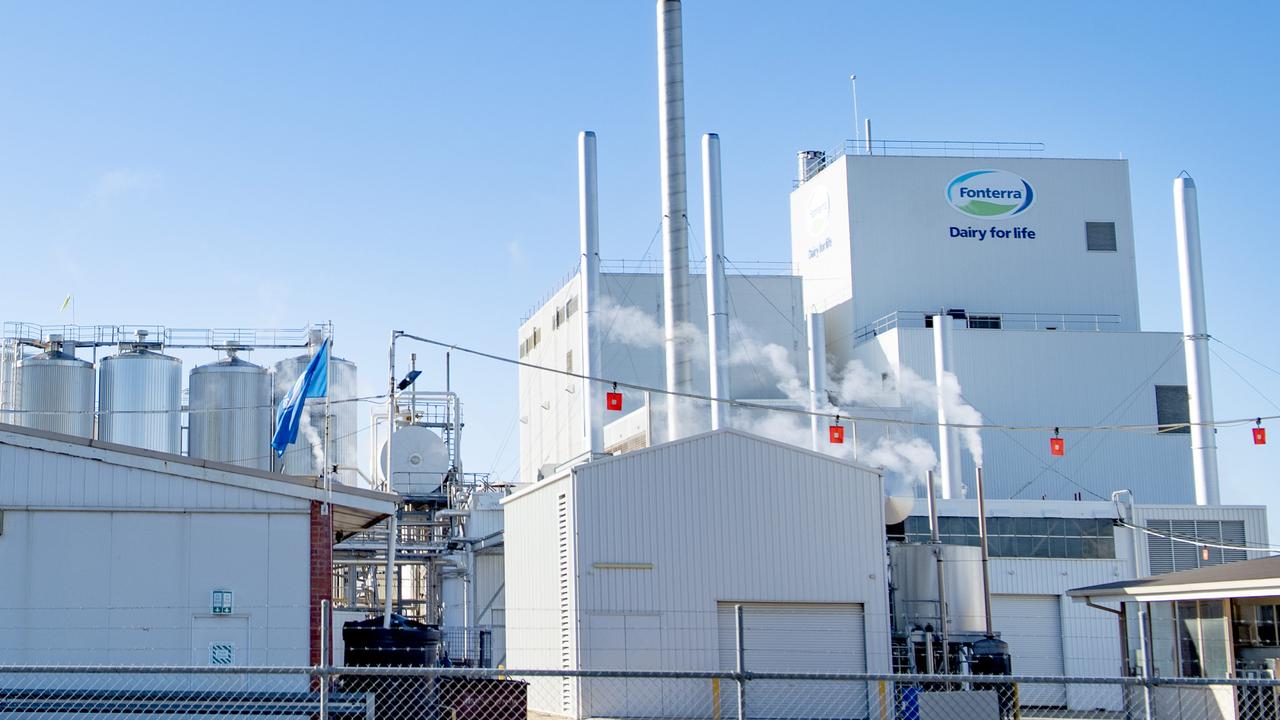Focus: The ease of a self-replacing flock
For this northern Victorian producer, investing in the land and a shedding sheep breed has built autonomy into his enterprise.
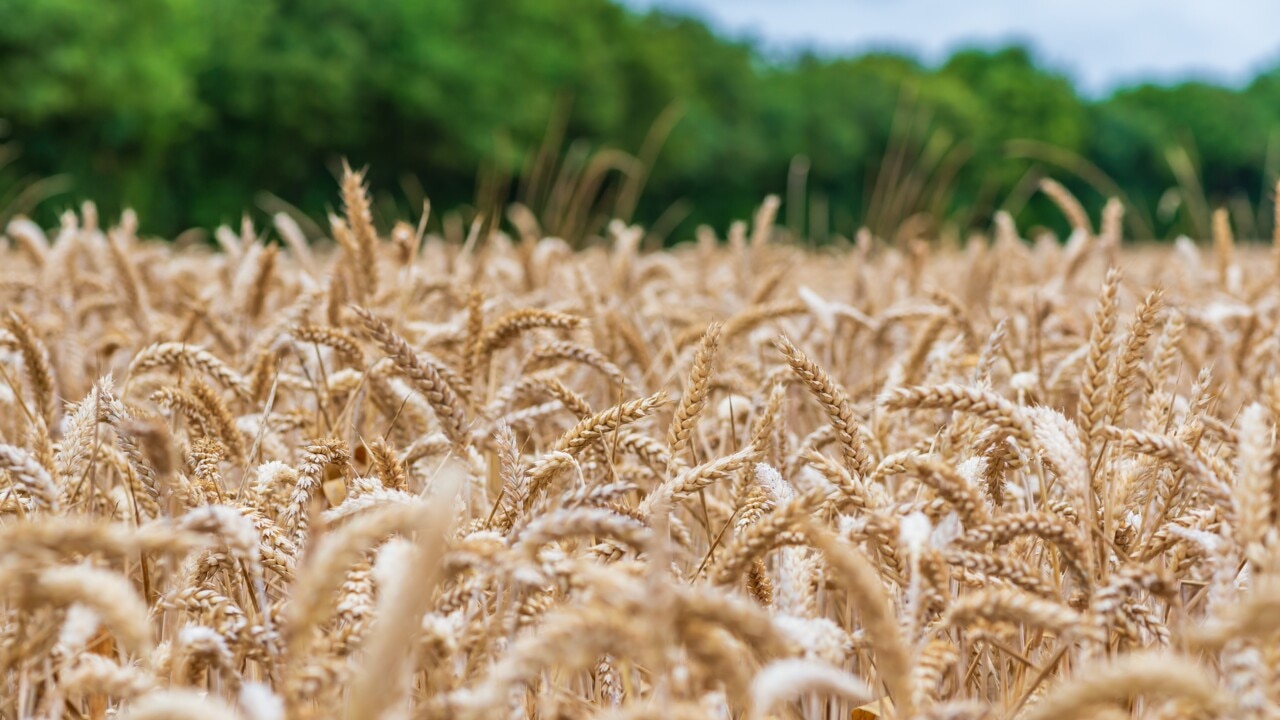
A self-replacing flock run across self-replacing pasture is central Circle T’s prime lamb operation, with a focus on easy management of livestock and the land.
At the centre of the Circle T enterprise is 78-year-old John Toll, who has farmed his property south of Gunbower since the 1970s.
Including lambs, he’s running about 1400 Wiltipoll sheep across his Gunbower property, where he has focused his energy on intensive revegetation of the landscape, planting wildlife corridors along the breadth of the property.
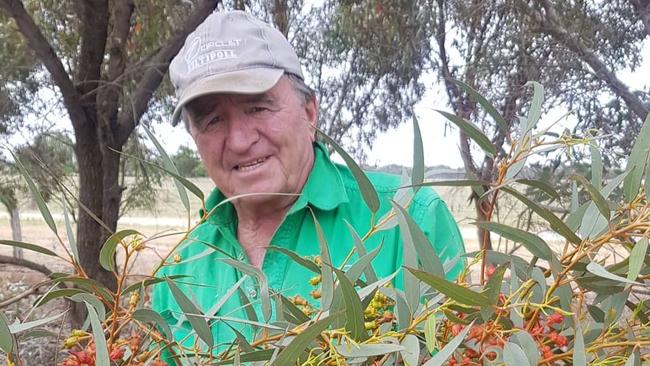
It’s a central pillar of his regenerative practice, one in which both animal and land work in conjunction with the farmer.
For four – going on five – generations, John’s family has farmed the 800ha of property south of Gunbower, adjacent to the Gunbower Island State Forest.
The farm has been in the Toll family for generations, but in its current form since the 1960s, when John’s uncle was bought out.
“Since then we haven’t bought anymore land, it’s just been developed,” John said.
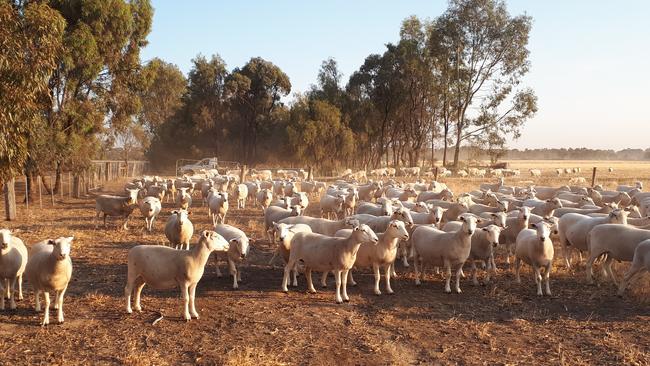
LANDSCAPE LIFT
Fifty years ago, Circle T was an irrigated property running Merino and crossbred sheep.
But starting in 1972, John began making significant changes to both the livestock and the landscape.
John and Greg made several changes, including investing time and money into heavily revegetating their property, and breeding out the horned varieties of sheep, with the aim to work towards a self-sustaining enterprise.
“We started planting trees, and learned how to plant trees and when local species became available, like our box trees and red gums, we started doing that,” John said.
“And now … the numbers up around 70 or 80,000 through the years.”
A natural depression running through the property works to provide soil moisture.
“It’s a natural depression which drains from as far south as Bendigo … slowly draining floodwaters south of us,” John said.
“We’re lucky enough to have this drainage area, and we’ve put corridors of trees through the place.”
John’s focus now is on revegetating areas on property to connect eastern and western corridors of trees to create native habitats for wildlife and birds.
The other major shift on-farm back in the 1970s was to move away from Merinos and breed into Wiltipoll.
Starting with Wiltshire horns, John’s interest in shedding sheep was piqued.
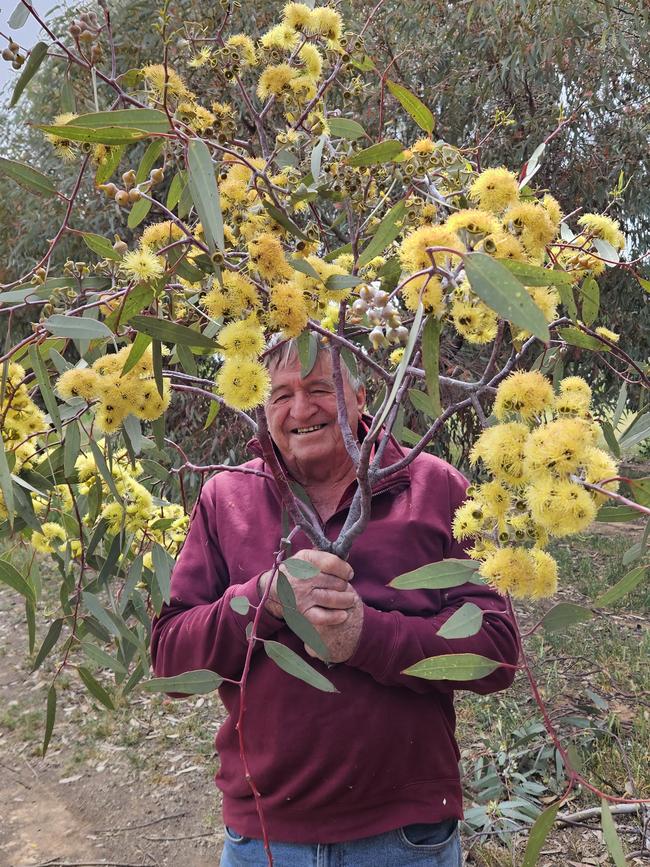
“After a few years with Wiltshire horns, and wrestling with them because they had horns … we were sick of getting skinned knees when drenching, we thought we’d join these Wiltshire horns … to something that didn’t have horns,” John said.
“From the early 1970s to now, it’s been Wiltipolls. That’s what’s kept us going on the farm as prime lamb producers.”
While some parts of the property are irrigated to grow hay for dairy farmers, the shedding sheep are run on regenerative land.
“If we didn’t have them have them, we wouldn’t be doing what we’re doing now, which is letting native grasses to appear on the farm,” John said.
“They don’t need shearing, they have short hair on them, and we’ve bred them to where it falls out … tree foils or barley grass doesn’t affect them. We don’t have to keep improving pastures, we can deal with the self-replacing flock and the self-replacing pastures.”
BREED APART
John now runs about 1400 Wiltipoll sheep, including lambs.
Lambing can occur at any point throughout the season, which John said is due to the nature of the breed.
“Wiltipoll are an unusual breed, because they tend to mate in the summer and lamb in the winter,” John said.
“We’d rather join them in November and lamb a bit early than in winter.”
But without having the make plans around shearing each summer, John is flexible with his stock and happy to go with the flow.
“I have about 700 breeding ewes, and about 100 just joined for the first lamb,” John said.
“The good thing about Wiltipolls is because they don’t have wool on them, we’ll have in some cases eight or 10-year old sheep. I judge their health each year, and any that are up to it … I’ll get rid of.”
Lambing rates on average sit at about 110 per cent, a figure John is happy with.
Lambs are turned off at differing sizes and times of the year, depending on market conditions, John said.
No rotational grazing required due to the nature of the stock and the land, another feature of the Circle T approach designed to build resilience and ease into the operation.
“The native grasses that get us through the summer … in years gone by our pasture would have been subclover and rye … it would be grazed and cut for hay. There were periods you’d have to feed hay in the summer to keep enough feed for the sheep because we didn’t irrigate all through summer,” John said.
“Unlike the past couple of years we’ve had this rain, if we didn’t have them have this native grass I’d have to take hay out to feed them.
“We’re learning about this dramatically.”
INPUT CONTROL
Another central pillar to John’s operation is the reduction of inputs as an expense and as an exercise due to soil biology and the use of natural ground cover: not using as much artificial fertiliser.
“If we can get the soil to do it itself with inputs of like, worm castings and, and like Dolly, what you throw in molasses and all these mixtures to ferment it, then you spray it out on the paddock. We don’t want to bear the ground. We’re trying to leave as much cover on it as possible at all times,” John said.
“To demonstrate the future could be, at least on some of the farm, an easier area to farm on, without having to throw inputs at it.”
It’s an example of working in sympathy with the land instead of against it.
But John isn’t away with the fairies, and has his feet firmly entrenched in reality.
Farming, for John, is about striking a balance between an idealistic view of the future, improving land and pasture, while also making a profit.
“Remember, the uncertainty of the meat industry now is concerning for us,” John said.
“The violent fluctuation of meat prices … a few months ago, we were told that El Nino was appearing and didn’t affect us at that stage, except the price of beef and lamb fell over dramatically … to about $4 for dressed lamb and it’s jumped back up.
“That’s like one week getting a good wage, and the following week your employer says sorry we can’t pay you this week. We as farmers can’t operate like that.”





